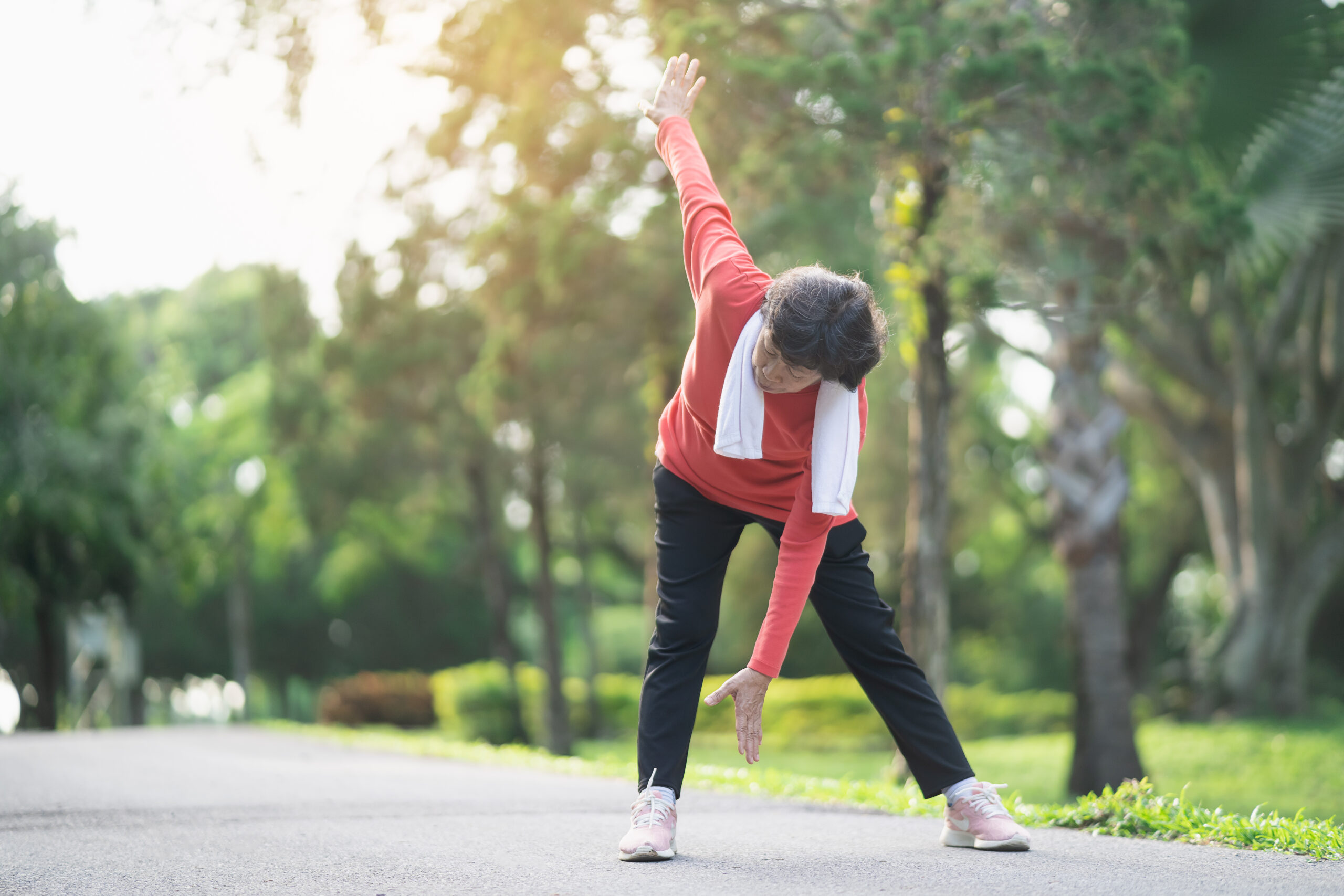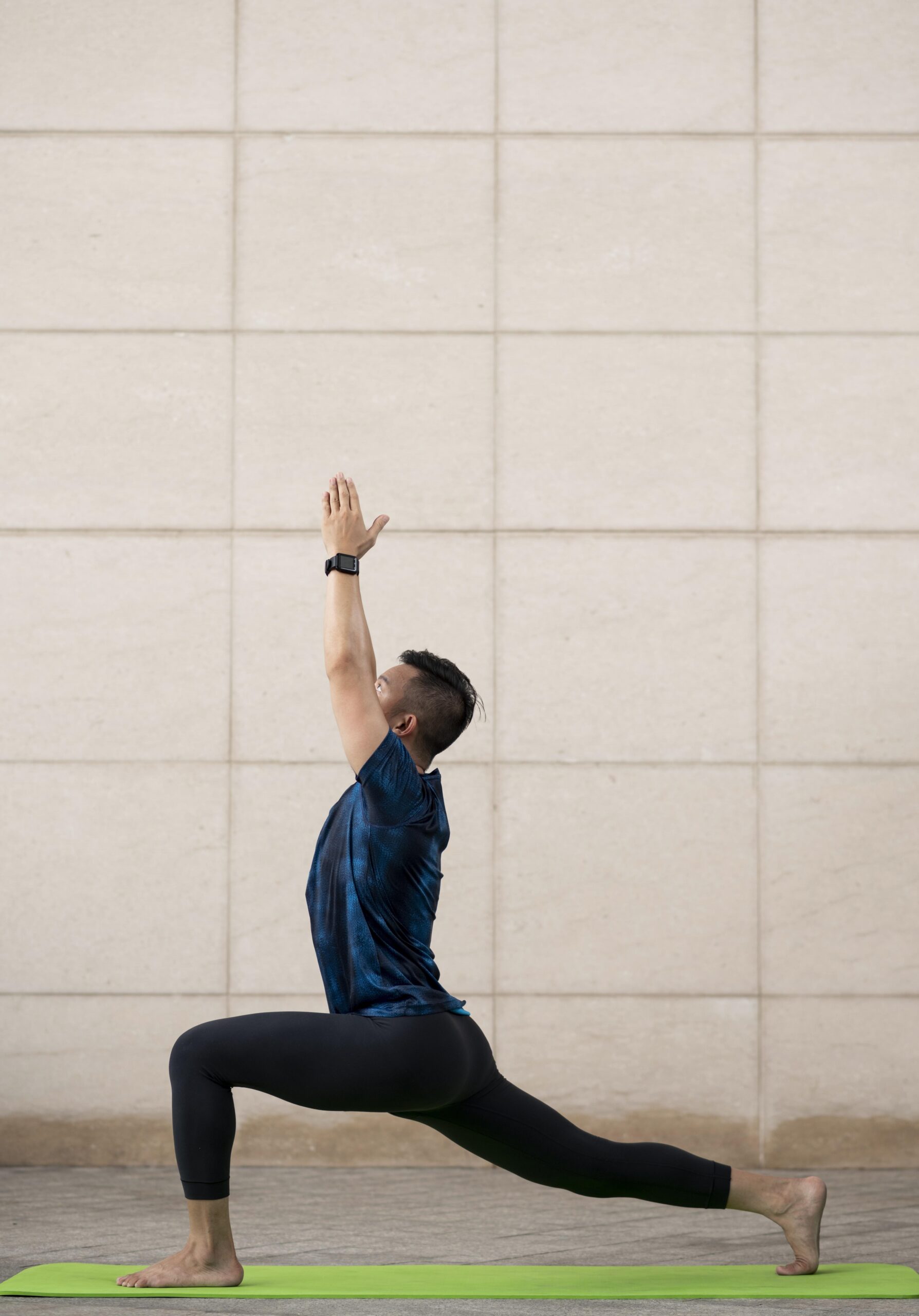The impact of physical activity on health and well-being
The essence of physical activity often dances in the shadows in the whirlwind of contemporary existence. Imagine it as the vibrant heartbeat of well-being, a symphony of bodily movements orchestrated by our skeletal muscles.
Whether through moderate or intensive means, engaging in regular physical activity is a vital shield against an array of formidable foes – diabetes, stroke, heart disease, and the stealthy encroachment of various cancers.
According to an article written by Caitlin Goodwin, a board certified nurse-midwife and registered nurse for the Pacific Medical Training Advanced Cardiac Life Support (ACLS), the benefits of physical activity extend far beyond the physical as it encompasses mental health, overall well-being, and an enhanced quality of life.

Maintaining a healthy body weight, improving cardiorespiratory fitness, and reducing the risks of chronic diseases are among the numerous advantages. Even brief periods of physical activity, such as a leisurely walk or a playful game, can yield significant improvements in health and overall vitality.
Despite these benefits, a staggering 25 per cent of adults worldwide fail to meet the recommended levels of physical activity. The global impact of increased physical activity is substantial, with the potential to eliminate five million deaths annually.
Alarming statistics reveal that over 80 per cent of adolescents are not physically active enough, pointing to a critical need for widespread awareness and action.
Humans are inherently designed for movement, and the consequences of a sedentary lifestyle are severe, and countless lives are lost each year due to the lack of regular physical activity, which stands as a primary contributor to most chronic diseases.
Cardiovascular diseases, obesity, diabetes, and increased risk of high blood pressure, colon cancer, lipid disorders, osteoporosis, and even mental health issues like anxiety and depression are exacerbated by a lifestyle characterised by physical inactivity.
Caitlin also stated that the World Health Organization (WHO) reported that 60 to 85 per cent of adults in both developed and developing countries lead sedentary lives, posing a significant challenge to public health efforts.

The repercussions of physical inactivity are far-reaching and extend beyond the individual, impacting communities and societies at large.
The effects of physical inactivity on the body are profound, affecting calorie expenditure, muscle strength, bone density, metabolism, immune function, and hormonal balance.
Inactive individuals, said Caitlin, face an increased risk of being overweight, weakened bones, and a compromised immune system, among other health concerns.
The health risks associated with an inactive lifestyle are formidable. Heart disease, various cancers (including breast, colon, and lung), and type 2 diabetes are among the potential consequences. Even individuals without other risk factors can succumb to heart disease if physical activity remains insufficient.

The urgency to address this global health crisis is clear.
Public health officials must implement comprehensive measures at local and national levels to promote, encourage, and enable physical activity. Policies should encompass non-motorised transportation, workplace initiatives, and educational institutions providing safe and supportive environments for students to be active in their free time.
The registered nurse believes that promoting physical education in schools is crucial to instil values of sportsmanship and lifelong physical activity, while community engagement in recreational activities, along with healthcare staff actively encouraging and supporting patients to remain active, is essential.
Through these measures, we can collectively combat the pervasive issue of physical inactivity and unlock the transformative power of movement for a healthier and more vibrant world.
Physical activity emerges not merely as a routine but as a profound saga of vitality, an art form that paints a masterpiece of well-being on the canvas of our lives. – Izah Azahari






